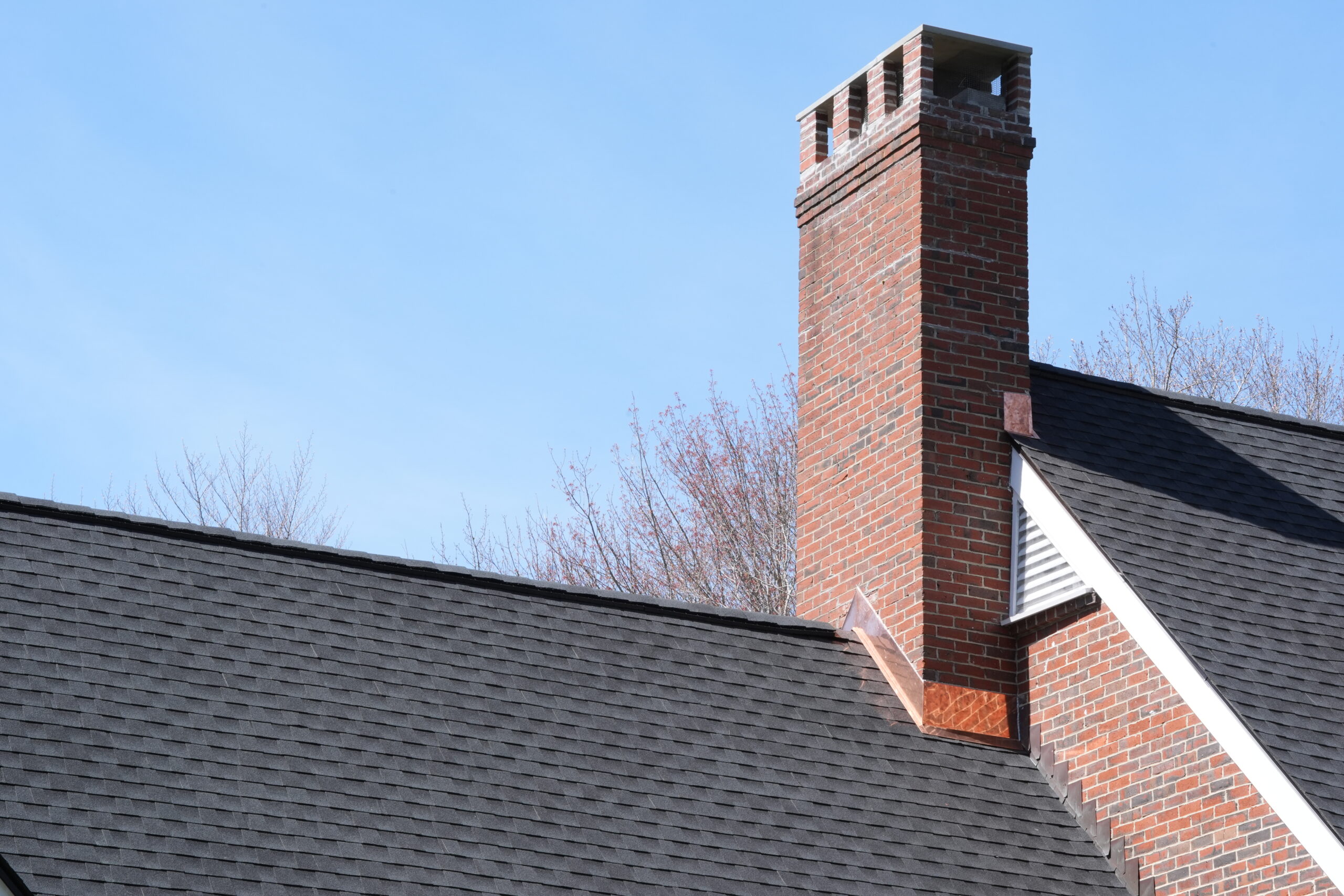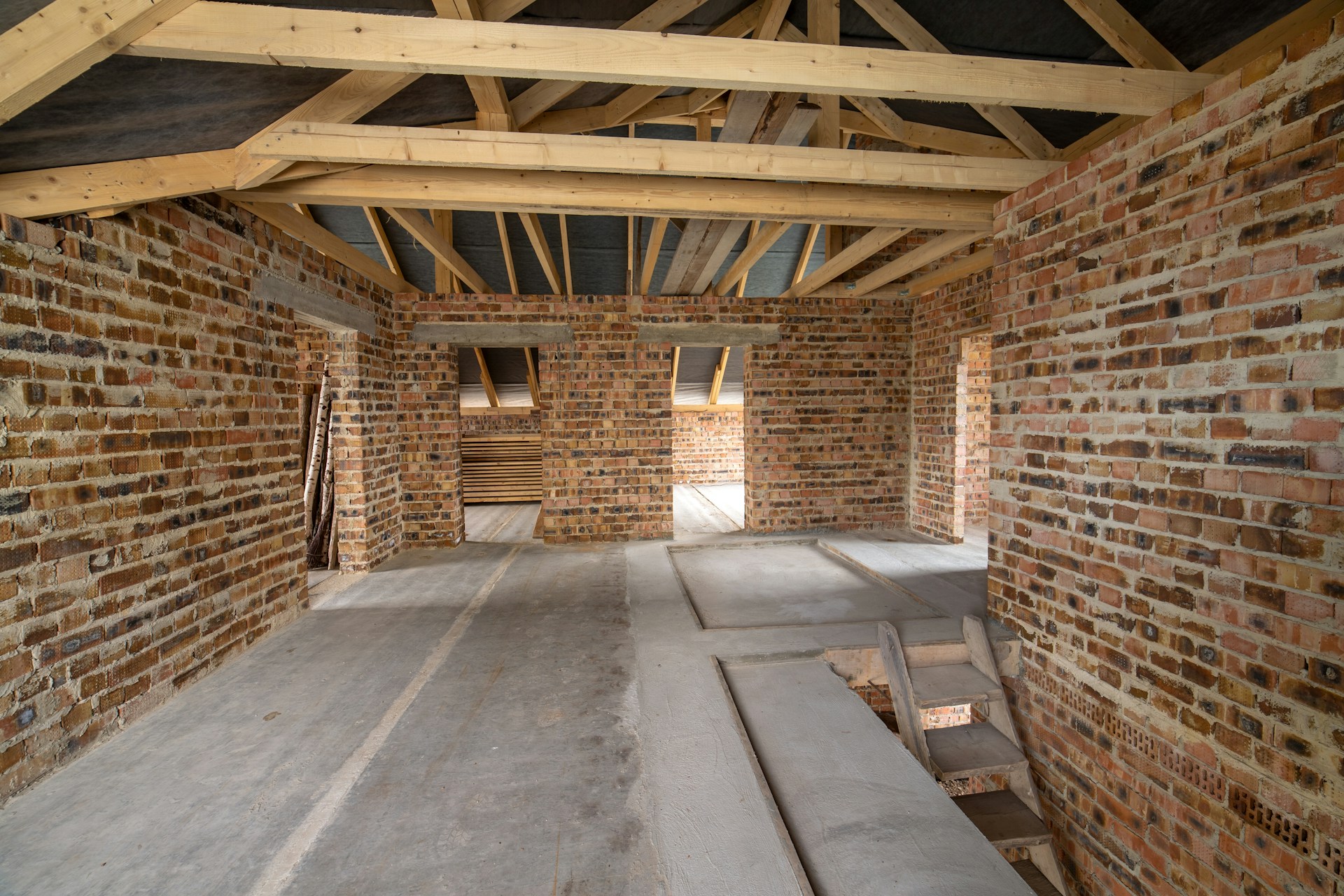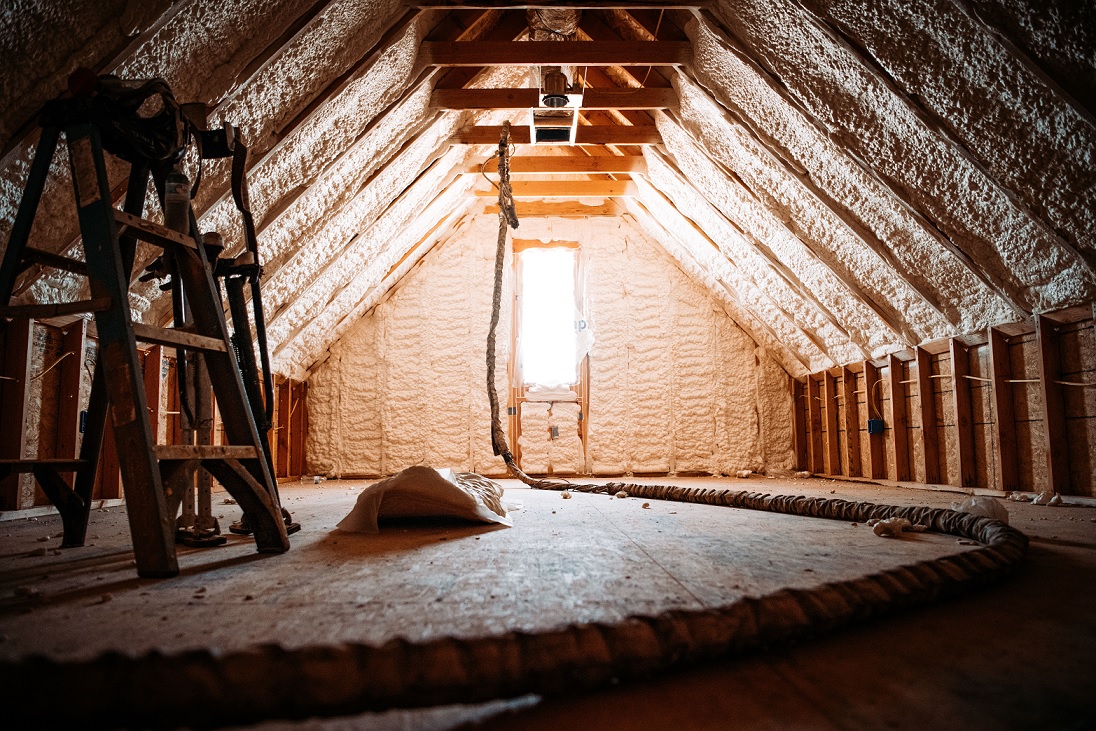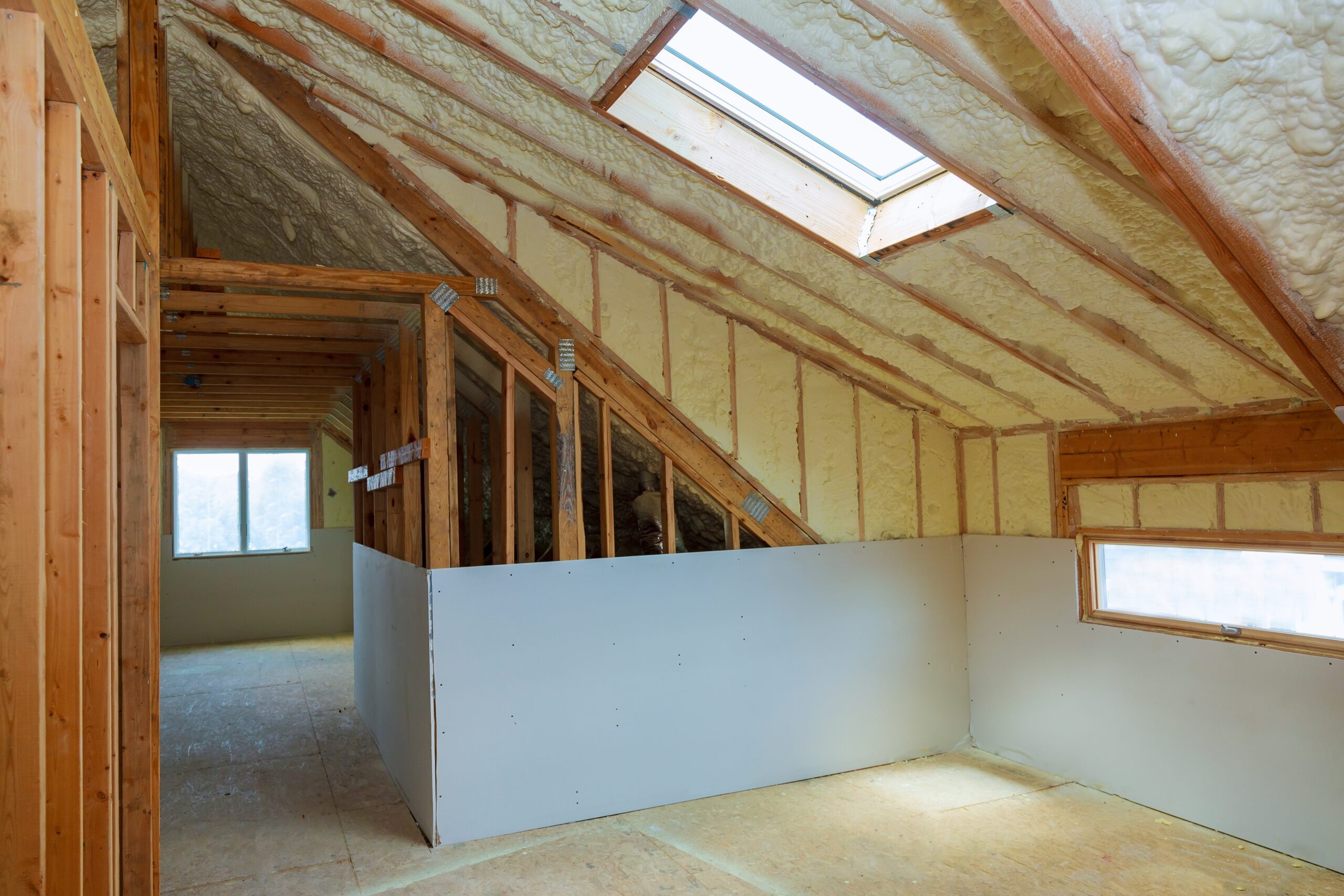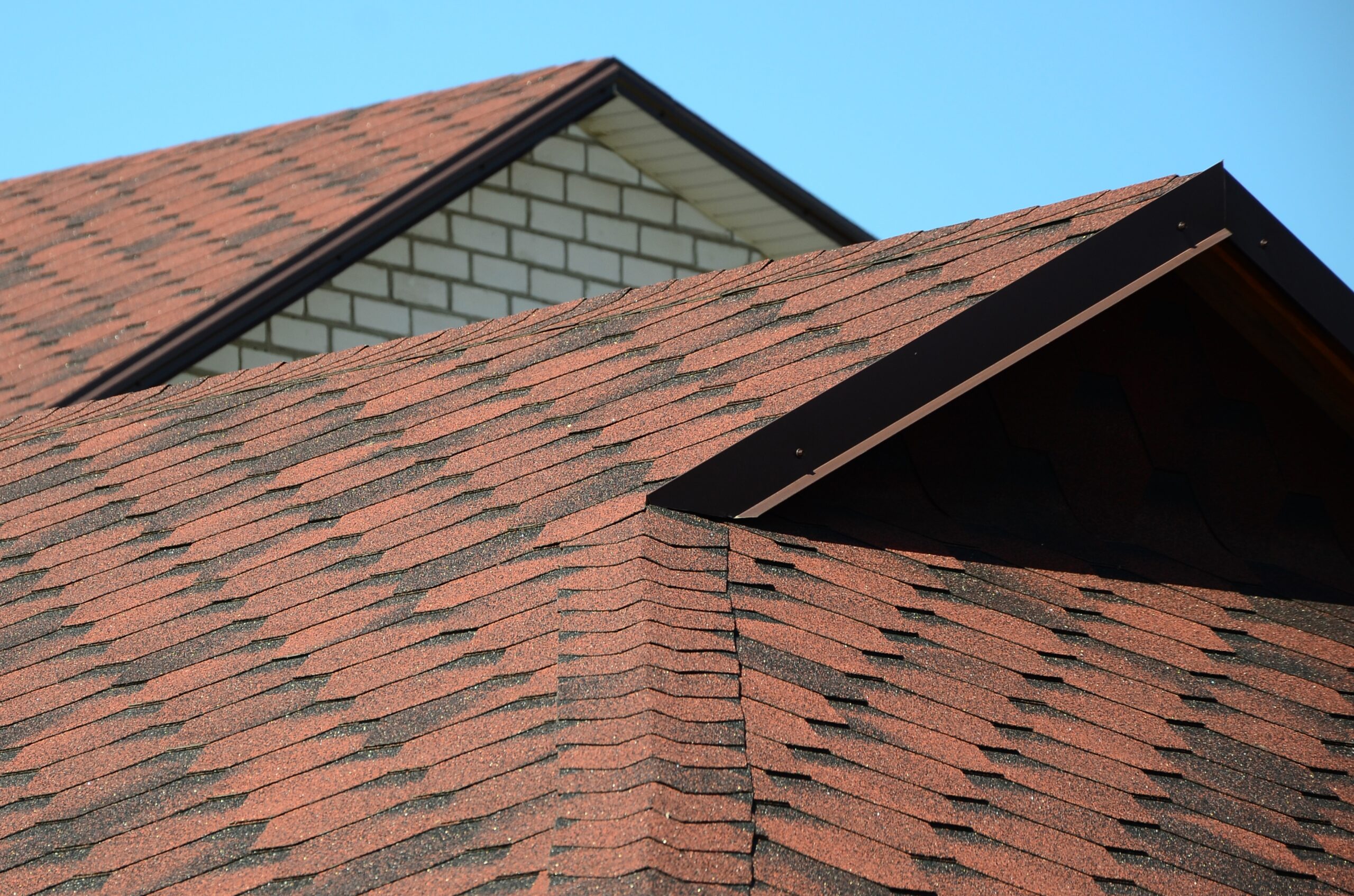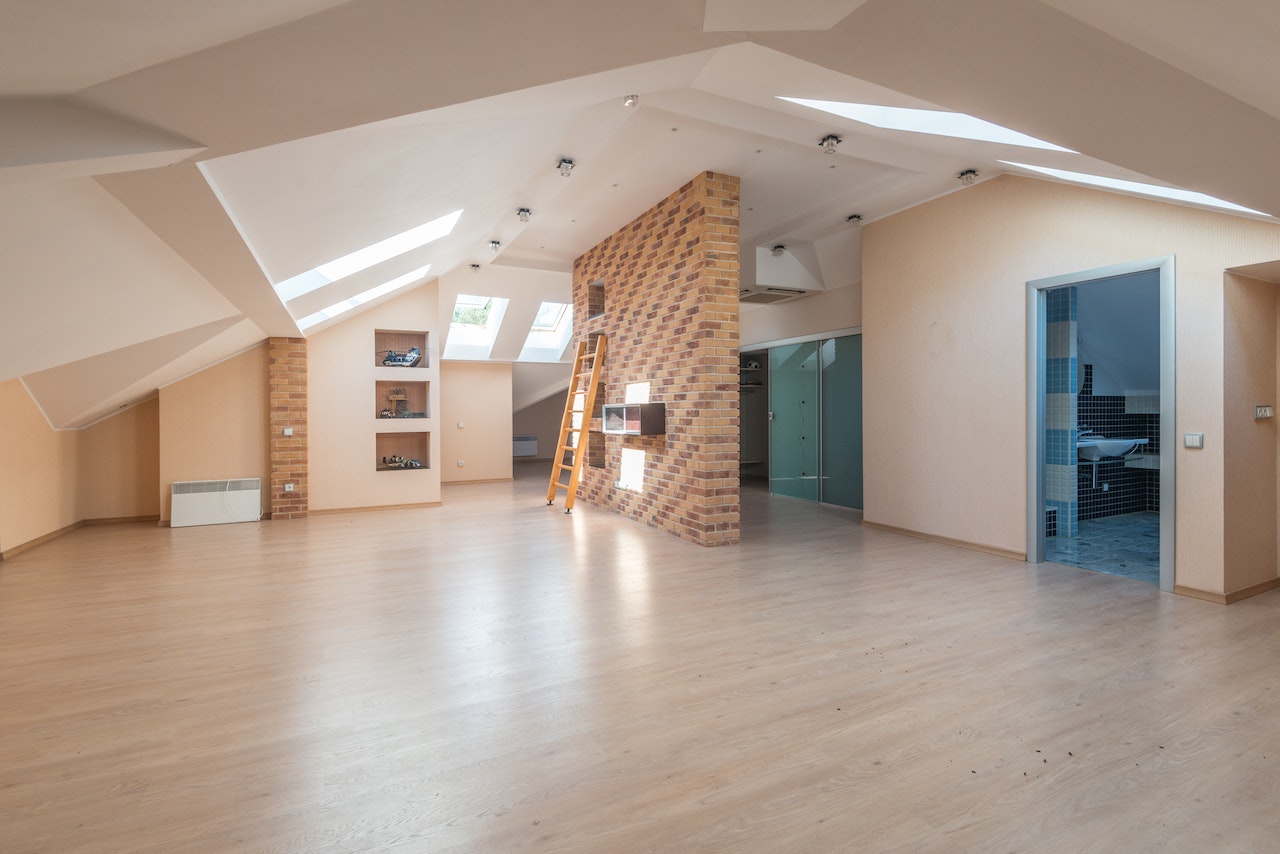Proper attic ventilation is crucial for maintaining a healthy and comfortable home environment. It helps regulate temperature and moisture levels in your attic, which can have a significant impact on your entire house. Without effective ventilation, your attic could become a hotspot for issues like mold and mildew, which can damage your home and adversely affect indoor air quality.
We often overlook the attic when thinking about home maintenance, but it’s a vital part of the house that plays a key role in overall efficiency. Ventilation in the attic helps to remove excess heat during the summer and moisture during the winter. This not only makes your home more comfortable year-round but also extends the life of your roofing materials by preventing damage caused by excessive heat and moisture buildup.
By focusing on improving attic ventilation, you can enjoy multiple benefits such as enhanced home comfort, energy efficiency, and even potential cost savings on repairs and energy bills. We’ll explore the importance of attic ventilation, how to identify if your attic needs better ventilation, and some effective methods to improve it. Proper attic ventilation truly makes a difference in the longevity and health of your home.
Why Attic Ventilation Matters for Your Home
Proper attic ventilation plays a crucial role in maintaining a comfortable and healthy home environment. Without sufficient ventilation, heat and moisture can accumulate in the attic, leading to various issues. In the summer, a poorly ventilated attic can become extremely hot, which can cause your air conditioning system to work harder, leading to higher energy bills. In the winter, trapped moisture can condense and lead to problems like mold growth and wood rot, which can compromise the structural integrity of your home.
An effectively ventilated attic also helps extend the lifespan of your roofing materials. Excessive heat can shorten the life of asphalt shingles, causing them to crack and deteriorate faster. By ensuring good air circulation in the attic, you can help keep your shingles and other roofing components in better condition for a longer period. Ultimately, proper attic ventilation protects your investment in your home by preventing costly damage and reducing energy consumption.
Signs Your Attic Needs Better Ventilation
Recognizing the signs of poor attic ventilation is essential for timely intervention. One common sign is a noticeable increase in your home’s energy bills. If you find that your heating and cooling systems are working overtime, your attic might be trapping excess heat or cold air. Another indicator is the presence of ice dams on your roof edges during winter. Ice dams form when heat from a poorly ventilated attic melts snow on the roof, causing water to refreeze at the eaves and create ice blockages.
Additionally, moisture-related issues can signal inadequate ventilation. Look for signs of mold or mildew, particularly on wood beams and insulation. You might also notice a musty smell, which is a clear indicator of trapped moisture. Finally, inspect your roofing materials for signs of wear and damage. Curling or cracking shingles can be a sign that your attic is not ventilated properly, causing them to overheat. If you observe any of these signs, it’s crucial to take steps to improve your attic’s ventilation to maintain the health and efficiency of your home.
Effective Methods to Improve Attic Ventilation
Improving attic ventilation is essential for maintaining a healthy and efficient home. One popular method is installing soffit vents along the eaves of the house. These vents allow fresh air to enter the attic, promoting better airflow. Pairing soffit vents with ridge vents, which are placed along the peak of the roof, creates a passive ventilation system. This system relies on natural air movement to expel hot air and moisture from the attic.
Another effective method is adding gable vents. These vents are installed on the gable ends of the attic and can be used in conjunction with other vent types. Electric attic fans are also an option for homes in need of more robust ventilation. These fans are designed to actively pull hot air out of the attic, making them particularly useful during hot summer months. Wind turbines, which use wind power to ventilate the attic, are another viable option.
Benefits of Proper Attic Ventilation for Home Comfort
Proper attic ventilation offers numerous benefits for home comfort and energy efficiency. One significant advantage is temperature regulation. By allowing hot air to escape and cool air to enter, ventilation helps maintain a consistent and comfortable indoor temperature. This reduces the strain on your HVAC system, resulting in lower energy bills. Proper ventilation can extend the lifespan of your roofing materials. Excess heat and moisture can cause shingles to deteriorate prematurely, but good airflow helps preserve them.
Another benefit is moisture control. Adequate ventilation prevents moisture buildup that can lead to mold and mildew growth, which can compromise indoor air quality and pose health risks. It also protects the structural integrity of your home by preventing wood rot. Additionally, proper ventilation can reduce the likelihood of ice dams forming during the winter. Ice dams occur when warm air from the attic melts snow on the roof, which then refreezes at the eaves, causing potential damage. Good ventilation ensures that the roof remains at a consistent temperature, reducing this risk.
Conclusion
Maintaining proper attic ventilation is crucial for ensuring the comfort, efficiency, and safety of your home. From reducing energy costs to preventing moisture-related issues, effective ventilation systems offer a multitude of benefits. Whether you’re installing new vents, upgrading your current system, or considering ventilation during a roof replacement, it’s essential to understand the impact of good airflow in your attic.
If you’re looking to improve your home’s ventilation or need expert advice on the best solutions, J. Carnes & Son Roofing is here to help. Our team specializes in creating healthy and efficient home environments through quality roofing and ventilation systems. Contact our Hampton roofing company today to learn how we can enhance your home’s comfort and extend the life of your roof!

